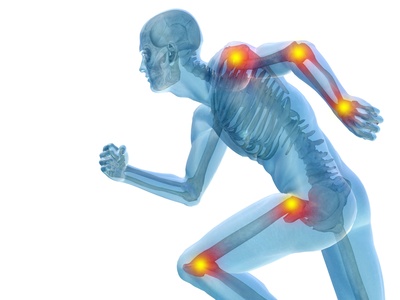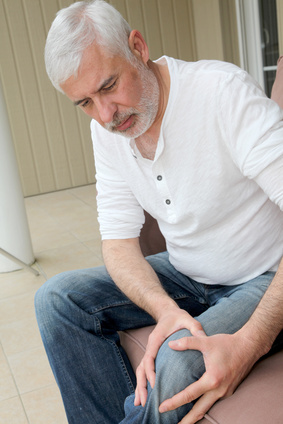
by Anna Johnson
Not everyone has an endless supply of cash to fork out on expensive treatments for pain that don’t necessarily work. The costs of mainstream medications such as cortisone, anti-inflammatories and pain-killers add up quickly, and come with long lists of potential side effects.
Instead you can use free, cheap and natural alternatives to sustainably reduce pain and encourage healing in the long term. Here are some great treatment options you can access easily around the house to get comfortable and set you on the road to recovery.
Ice / Heat
Ice and heat are some of the oldest, safest and most reliable treatments for pain and soreness in the body. Both can be accessed at home and have mostly low or no cost.
Ice will help reduce inflammation in joints and muscles. An alternative to the store bought ice packs is making your own.
Simply fill a plastic cup or container with water and place it in the freezer. A frozen pack of peas also works really well!
Another option is to fill a tub with water and add ice cubes. Apply the icepack or submerge painful area in the ice bath for no longer than ten minutes.
Heat is another great strategy for reducing pain. For a relatively cheap price you can purchase heat packs or wheat sacks that can be used over and over again. Other options include creating your own hot compress using hot water and towels, or simply standing under a hot shower. To avoid risking a burn, watch that the water temperature doesn’t exceed 40 degrees Celsius.
Applying heat will evoke a feeling of relaxation by penetrating deep within the muscles. It also aids in healing by stimulating circulation and drawing fresh oxygenated blood to the area where it is applied.
Along with the ice and heat treatment, you could try some natural joint pain relief patches. These provide relief by activating natural sweating via Far Infa-red heat which increases blood flow and removal of excess water in the joint.
Self Therapy
Self-massage is a great way to get blood flowing to your sore joints. There are plenty of ways to apply massage and it can be used anytime, anywhere for free!
Use your hands to massage other parts of your body, concentrating on the muscles on either side of the sore joint. For hard to reach areas such as your gluteals (butt muscles) or back and neck you can use a tennis ball and roll on either the floor or up against a wall. Stop if it gets too uncomfortable, while massage can invoke some soreness to an area when it is applied, on the whole it should not be painful.
If you are lucky enough you might be able to convince a partner or friend to do this for you!
Exercising and Stretching
Not everyone feels comfortable (or can afford) to attend a gym but that is no excuse to pass up on exercise. Gentle exercise is one of the biggest factors in reducing joint pain so keeping your body moving is vital to recovery.
There are many everyday household items you can use to create your own mini gym at home. Use cans of food to create weights for arm exercises or to help create extra resistance for squats and lunges. Find a step with a safe flat area around it to create a platform for exercises that require stepping up.
You don’t even need equipment to create a great workout for yourself. A flat wall can support you to plank and do push-ups. Clearing a space on the floor is the perfect place to start and there are plenty of online resources to give idea for resistance exercises you can do using your own body weight.
While exercise is important, to circulate fluid and facilitate cartilage repair, you don’t want to overdo it either. Know your limits and respect them. Trying to work through the pain can cause further damage. If in doubt, or pain, stop and take a rest.
Food
Stock your pantry right to help decrease joint inflammation. Start by choosing good fats and oils when doing your shopping. Olive, grape seed and avocado oils are better alternatives for cooking. Ginger, turmeric, seeds, nuts and even dark chocolate (in small amounts) have been shown to contain anti-inflammatory properties. The omega 3 fatty acids from fish oils are great for the joints, so be sure to include the right types of fish like salmon, tuna and halibut in your diet.
Vitamin A helps to reduce inflammation and can be found in many foods you probably already have in your fridge like whole milk and eggs. Also beta-carotene, found in many colourful fruits and vegetables, converts to vitamin A once in the body.
All these strategies can be applied on their own, in combination or alongside other medical treatments.
It’s easy to try these joint pain relief and healing strategies at home. Do it yourself and save some serious dollars on your healthcare.
Author Bio: Anna Johnson holds a Diploma in Remedial Massage and Certificate in Advanced Sports Massage. She has applied treatment for a number of ailments in her time as a Massage Therapist. She is interested in natural therapies and remedies and is a great advocate for the ‘prevention is better than cure’ theory.



